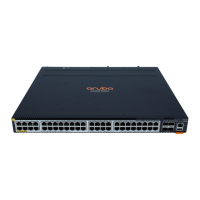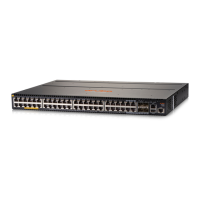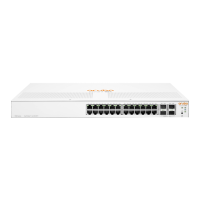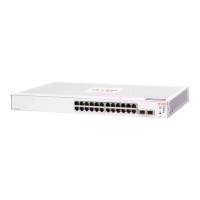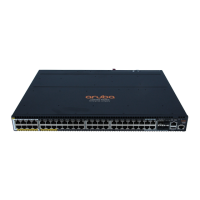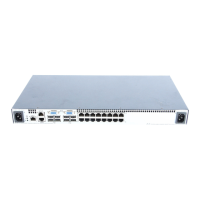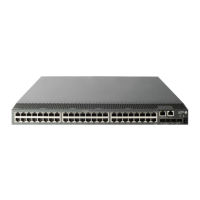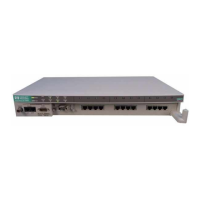To list the data for only one community, such as the "public" community, use the above command with the
community name included. For Example:
switch# show snmp-server public
Configuring community names and values (CLI)
The snmp-server command enables you to add SNMP communities with either default or specific access
attributes, and to delete specific communities.
Syntax:
[no] snmp-server community <community-name>
Configures a new community name.
• If you do not also specify operator or manager, the switch automatically assigns the community to the
operator MIB view.
• If you do not specify restricted or unrestricted, the switch automatically assigns the community to
restricted (read-only) access.
The no form uses only the <community-name> variable and deletes the named community from the switch.
[operator | manager]
Optionally assigns an access level.
• At the operator level, the community can access all MIB objects
except the CONFIG MIB.
• At the manager level, the community can access all MIB objects.
[restricted |
unrestricted]
Optionally assigns MIB access type.
• Assigning the restricted type allows the community to read MIB
variables, but not to set them.
• Assigning the unrestricted type allows the community to read and
set MIB variables.
Example:
To add the following communities:
Community Access Level Type of Access
red-team manager (Access to all MIB
objects.)
unrestricted (read/write)
blue-team operator (Access to all MIB
objects except the CONFIG MIB.)
restricted (read-only)
switch(config)# snmp-server community red-team
manager unrestricted
switch(config)# snmp-server community blue-team
operator restricted
To eliminate a previously configured community named "gold-team":
Chapter 7 Configuring for Network Management Applications 193
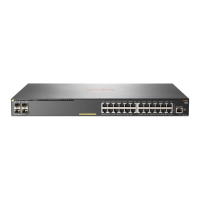
